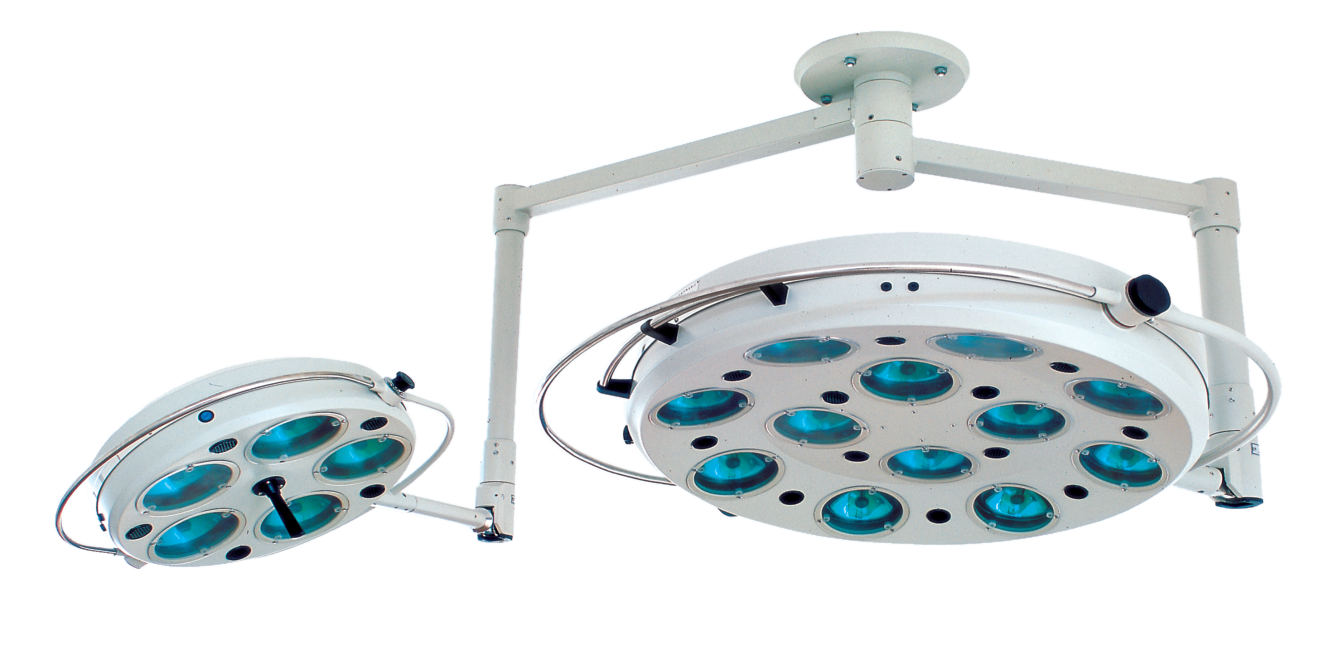
Build-in type, tungsten halogen bulb
In recent years, halogen bulbs have become increasingly popular in the home and commercial lighting market due to their energy efficiency and long life. In this article, we'll take a closer look at what makes halogen bulbs different from traditional incandescent lamps and why they may be the right choice for you.
Build-in type, tungsten halogen bulb
A Halogen Bulb is a type of incandescent light bulb that uses a halogen gas to produce light. The halogen gas allows the bulb to produce more light than a traditional incandescent bulb while using less energy. Halogen bulbs also last longer than traditional incandescent bulbs, making them a more efficient and environmentally friendly option.
The history of halogen bulbs is a long and complicated one. In the early days of lighting, halogen bulbs were not widely used. This changed in the early 20th century when they began to be used in electric lamps. However, it was not until the middle of the century that they became widely available for general lighting purposes. Halogen bulbs have a number of advantages over other types of bulbs. They are very efficient, produce a very bright light, and have a long lifespan. However, they are also more expensive than other types of bulbs. Despite their cost, halogen bulbs are becoming increasingly popular. Many people believe that they are worth the extra expense because of their many benefits.
Halogen bulbs work by using a halogen gas to create a brighter light. The halogen gas is added to the bulb's filament, which is what actually produces the light. The gas allows the filament to burn brighter and for a longer period of time than if it were not present. Halogen bulbs last about twice as long as regular incandescent bulbs.
There are three main types of halogen bulbs: clear, coated, and frosted. Clear halogen bulbs are the standard type of bulb and emit a bright, white light. Coated halogen bulbs have a coating that filters out some of the ultraviolet light, making them ideal for use in enclosed fixtures. Frosted halogen bulbs have a frosted glass cover that diffuses the light, making them ideal for use in tasks that require a more even light distribution.
There are a few advantages and disadvantages of halogen bulbs to consider before making a purchase.
Advantages:
-Halogen bulbs last longer than traditional incandescent bulbs- up to 3,500 hours versus 1,500 hours.
-They also emit a brighter light while using less energy, which can save you money on your electric bill.
-Halogen bulbs are more durable than incandescent bulbs and can withstand being dropped or bumping into something.
Disadvantages:
-While halogen bulbs may last longer than incandescent bulbs, they still need to be replaced more often than LED bulbs.
-They also contain mercury, so they must be disposed of properly when they do burn out.
Halogen light bulbs are a type of incandescent light bulb, which means they work by using electricity to heat up a tungsten filament inside the bulb. The heat from the filament then makes the halogen gas inside the bulb glow, which produces light. Halogen bulbs are available in a variety of shapes, sizes, and wattages to fit most lighting needs. When choosing a halogen bulb, it is important to consider the following:
-The size of the bulb: Halogen bulbs come in different sizes, so it is important to choose one that will fit your fixtures.
-The wattage of the bulb: Wattage determines how bright the light from a halogen bulb will be. Choose a higher wattage for areas that need brighter light, such as kitchens and bathrooms.
-The color temperature of the bulb: Halogen bulbs come in different color temperatures, which is measured in Kelvin (K). The lower the Kelvin rating, the warmer (more yellow) the light will be. For example, a 2700K halogen bulb will produce a warm, yellow light similar to an incandescent bulb. A 5000K halogen bulb will produce a cooler (more white) light.